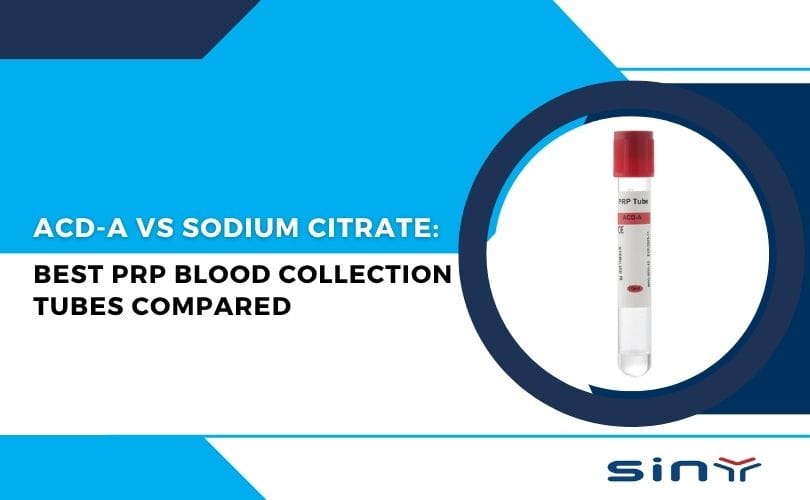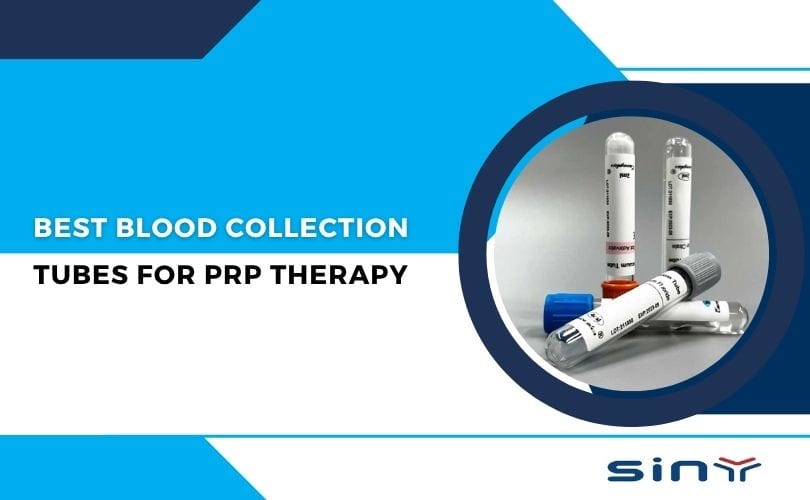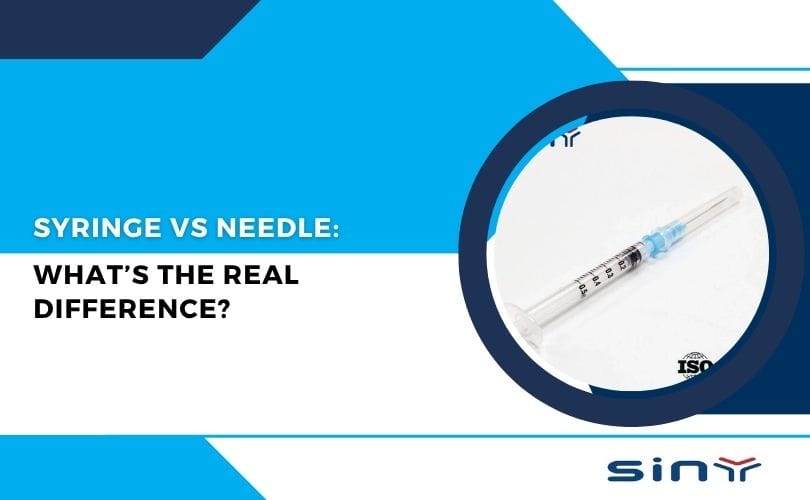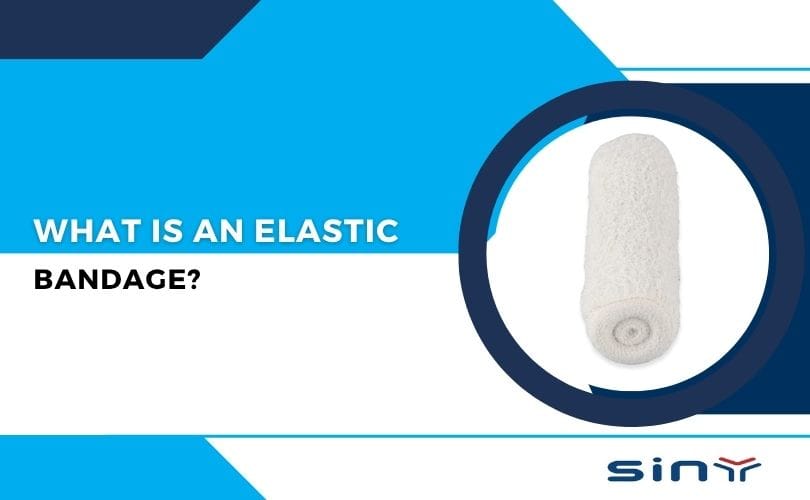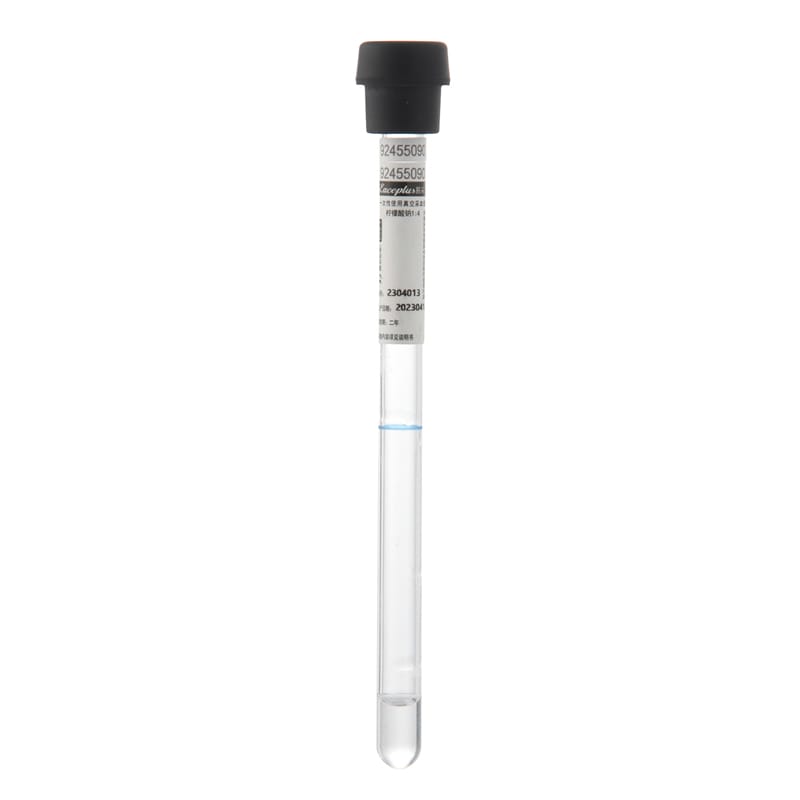Hair loss is a common issue that affects millions of people worldwide. Fortunately, there are various treatment options available to help combat hair loss, one of which is Platelet-Rich Plasma (PRP) therapy. PRP therapy is an innovative and effective treatment that has gained popularity in recent years due to its success rate in promoting hair growth. However, before considering PRP therapy, it is essential to know the cost of the treatment. In this article, we will explore the cost of PRP therapy for hair loss and everything else you need to know about the treatment.
Table of Contents
- 0.1 Table of Contents
- 0.2 1. What is PRP therapy for hair loss?
- 0.3 2. How does PRP therapy work for hair loss?
- 0.4 3. What are the benefits of PRP therapy for hair loss?
- 0.5 4. What is the cost of PRP therapy for hair loss?
- 0.6 5. Factors that affect the cost of PRP therapy for hair loss
- 0.7 6. Is PRP therapy covered by insurance?
- 0.8 7. How many PRP sessions are required for hair loss?
- 0.9 8. Is PRP therapy painful?
- 0.10 9. What are the risks associated with PRP therapy for hair loss?
- 0.11 10. How to find a reliable clinic for PRP therapy for hair loss?
- 0.12 11. Is PRP therapy worth the cost?
- 0.13 12. Alternatives to PRP therapy for hair loss
- 1 Conclusion
Table of Contents
- What is PRP therapy for hair loss?
- How does PRP therapy work for hair loss?
- What are the benefits of PRP therapy for hair loss?
- What is the cost of PRP therapy for hair loss?
- Factors that affect the cost of PRP therapy for hair loss
- Is PRP therapy covered by insurance?
- How many PRP sessions are required for hair loss?
- Is PRP therapy painful?
- What are the risks associated with PRP therapy for hair loss?
- How to find a reliable clinic for PRP therapy for hair loss?
- Is PRP therapy worth the cost?
- Alternatives to PRP therapy for hair loss
- Conclusion
- FAQs
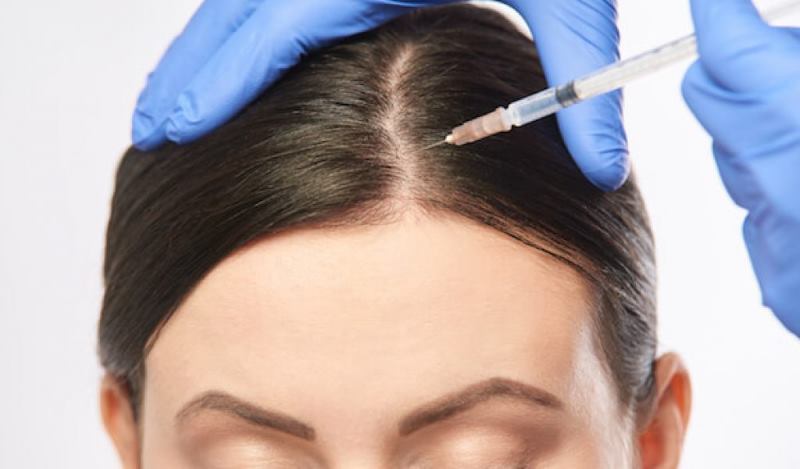
1. What is PRP therapy for hair loss?
PRP therapy is a non-surgical treatment that utilizes the patient’s blood to promote hair growth. The process involves drawing the patient’s blood, processing it in a centrifuge to extract platelets, and then injecting the concentrated platelets into the scalp.
2. How does PRP therapy work for hair loss?
The platelets in the PRP solution contain various growth factors that promote cell regeneration, increase blood supply to hair follicles, and stimulate hair growth. The growth factors in the PRP solution also help prolong the growth phase of hair follicles, resulting in thicker and stronger hair.
3. What are the benefits of PRP therapy for hair loss?
Some of the benefits of PRP therapy for hair loss include:
- Promotes hair growth
- Increases hair thickness and density
- Improves hair strength and quality
- Non-surgical and minimally invasive
- Safe and effective
4. What is the cost of PRP therapy for hair loss?
The cost of PRP therapy for hair loss varies depending on several factors, such as the location of the clinic, the experience of the physician, and the number of sessions required. On average, the cost of a single PRP session for hair loss ranges from $400 to $1,500.
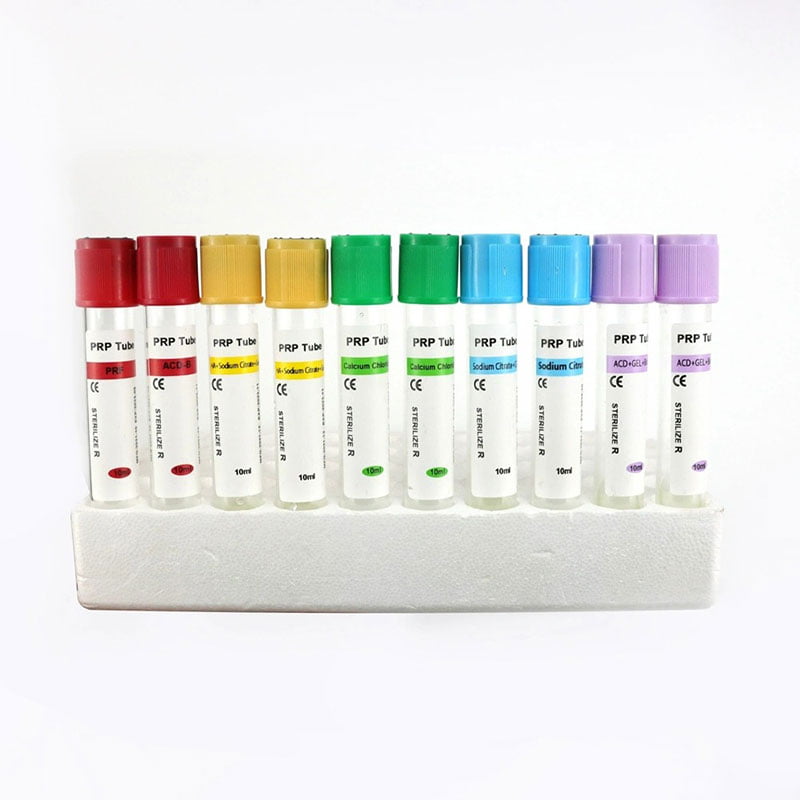
5. Factors that affect the cost of PRP therapy for hair loss
Some of the factors that affect the cost of PRP therapy for hair loss include:
- Location: The cost of PRP therapy for hair loss varies by region and city. Clinics in major cities may charge more than clinics in smaller towns.
- Experience of the physician: Clinics with experienced physicians may charge more for PRP therapy.
- Number of sessions: The number of PRP sessions required for hair loss varies by patient, and the more sessions required, the higher the overall cost.
6. Is PRP therapy covered by insurance?
PRP therapy for hair loss is generally considered a cosmetic treatment and is not covered by insurance.
7. How many PRP sessions are required for hair loss?
The number of PRP sessions required for hair loss varies by patient and the severity of the condition. On average, patients require three to four sessions spaced four to six weeks apart.
8. Is PRP therapy painful?
PRP therapy for hair loss is a minimally invasive procedure and is typically not painful. Patients may experience mild discomfort or a slight burning sensation at the injection site, but this usually subsides quickly.
9. What are the risks associated with PRP therapy for hair loss?
PRP therapy for hair loss is generally considered safe, and there are few risks associated with the treatment. However, as with any medical procedure, there is a small risk of infection, bleeding, or allergic reaction.
10. How to find a reliable clinic for PRP therapy for hair loss?
When searching for a clinic for PRP therapy for hair loss, it is essential to do your research and choose a reputable and experienced provider. Some tips for finding a reliable clinic include:
- Check the clinic’s credentials and certifications
- Look for online reviews and testimonials
- Ask for before-and-after photos of previous patients
- Schedule a consultation with the provider to ask any questions and discuss your concerns
11. Is PRP therapy worth the cost?
The cost of PRP therapy for hair loss may seem high, but it is important to consider the potential benefits of the treatment. For many patients, PRP therapy has been successful in promoting hair growth and improving hair thickness and quality. If you are considering PRP therapy, it is important to weigh the potential benefits against the cost to determine if it is worth it for you.
12. Alternatives to PRP therapy for hair loss
There are several alternative treatments for hair loss, including topical treatments, oral medications, and hair transplant surgery. It is important to discuss all available options with your healthcare provider to determine which treatment is best for your individual needs and preferences.
Conclusion
PRP therapy is an effective and innovative treatment for hair loss that utilizes the patient’s own blood to promote hair growth. While the cost of the treatment varies, many patients find it to be worth the investment for the potential benefits. If you are considering PRP therapy for hair loss, be sure to do your research and choose a reputable provider.
FAQs
Q1. How long does the PRP treatment take for hair loss?
A1. A PRP treatment session for hair loss typically takes 45 minutes to an hour.
Q2. When will I start seeing results from PRP therapy for hair loss?
A2. Results from PRP therapy for hair loss may take several weeks to several months to become visible.
Q3. Is there any downtime after PRP therapy for hair loss?
A3. There is little to no downtime after PRP therapy for hair loss, and patients can usually resume normal activities immediately following the treatment.
Q4. Can PRP therapy be combined with other hair loss treatments?
A4. Yes, PRP therapy can be combined with other hair loss treatments, such as topical treatments or hair transplant surgery.
Q5. Is PRP therapy for hair loss safe for everyone?
A5. While PRP therapy for hair loss is generally safe, it may not be suitable for everyone. It is important to discuss your medical history and any underlying conditions with your healthcare provider before undergoing the treatment.





